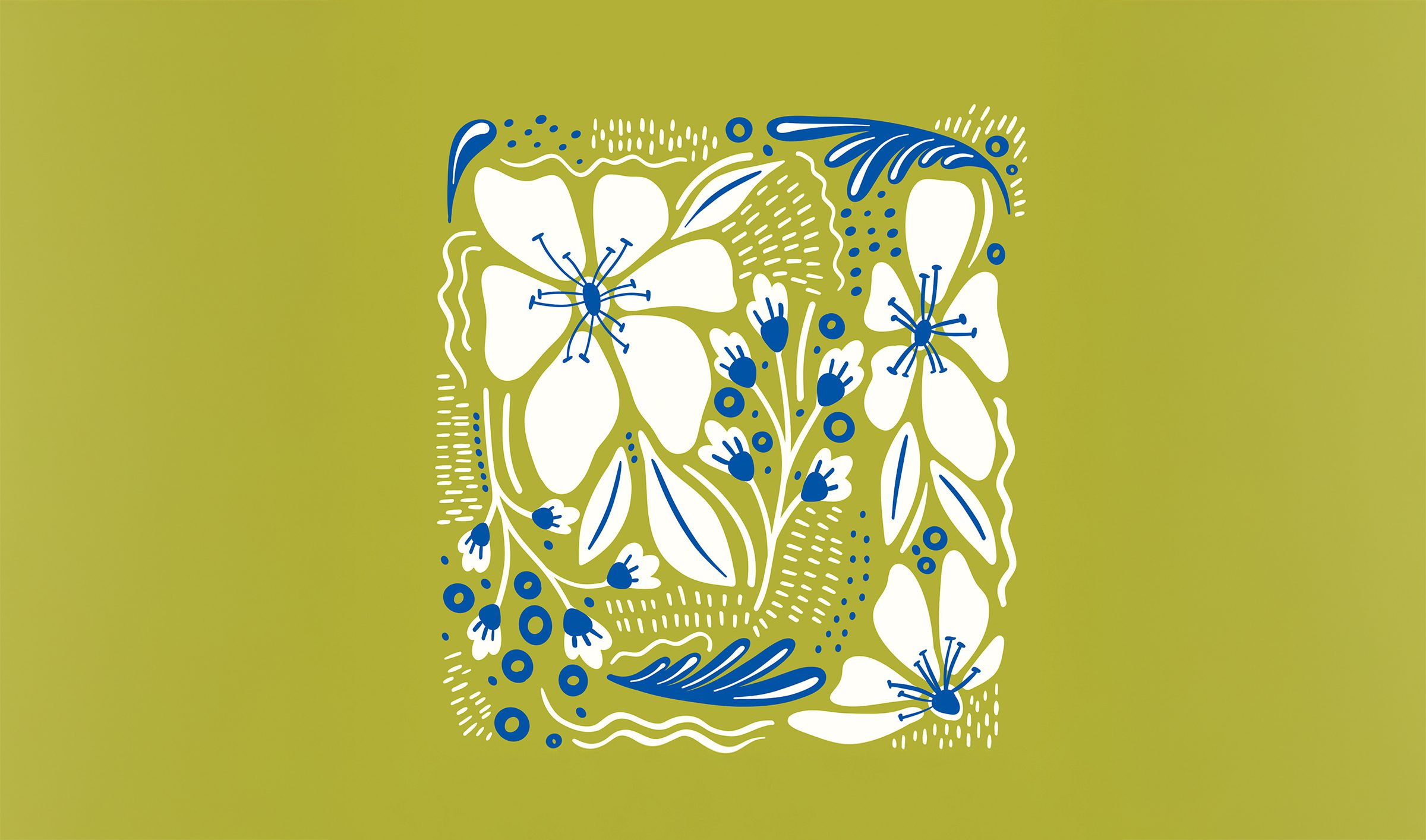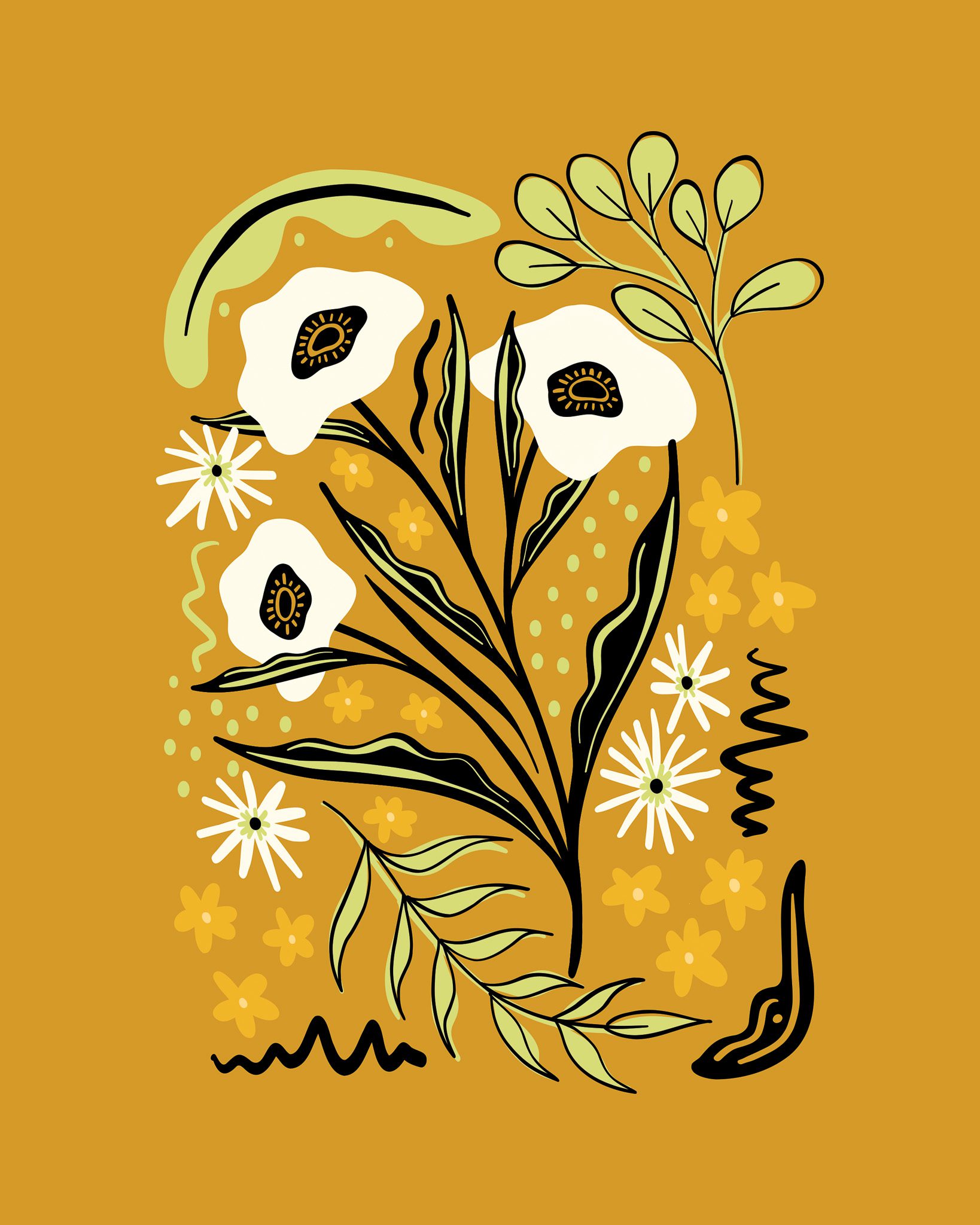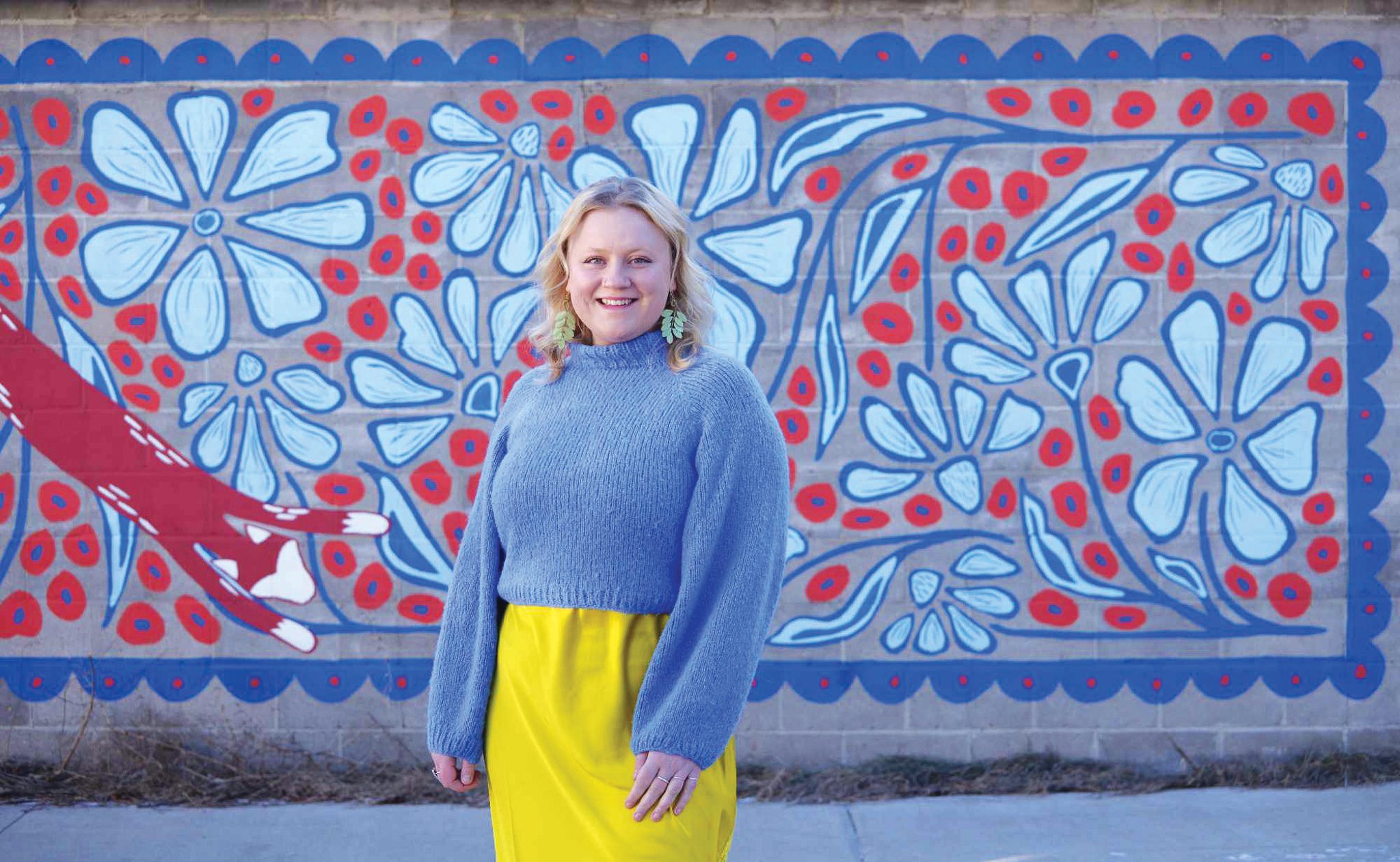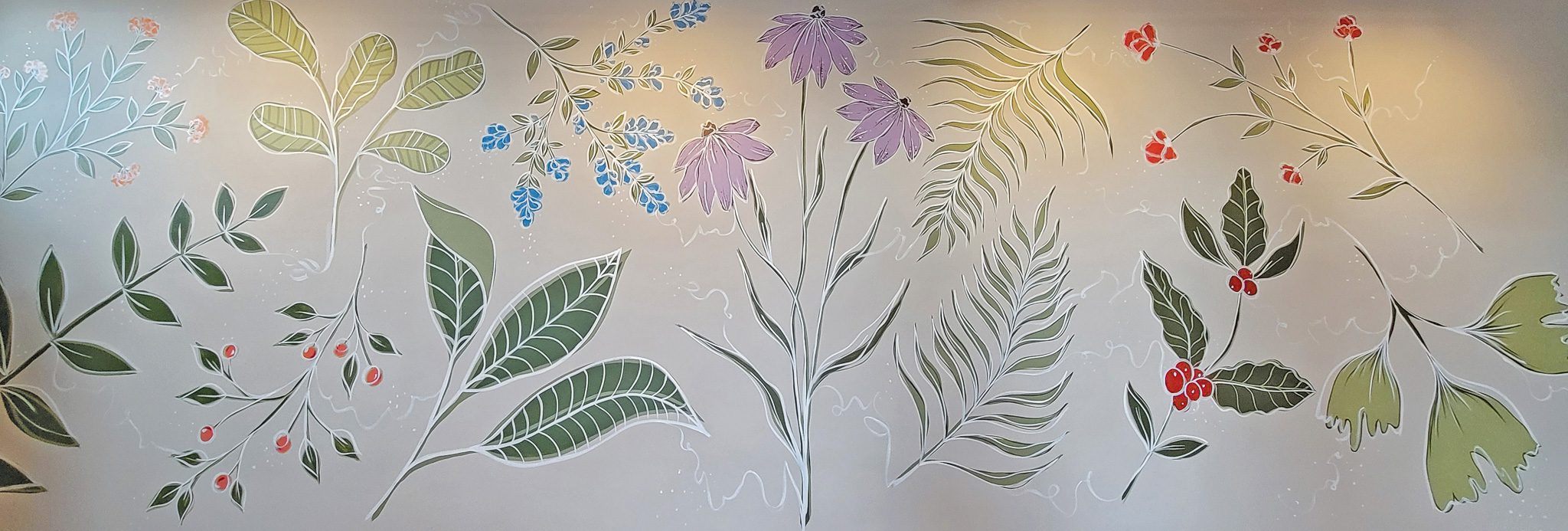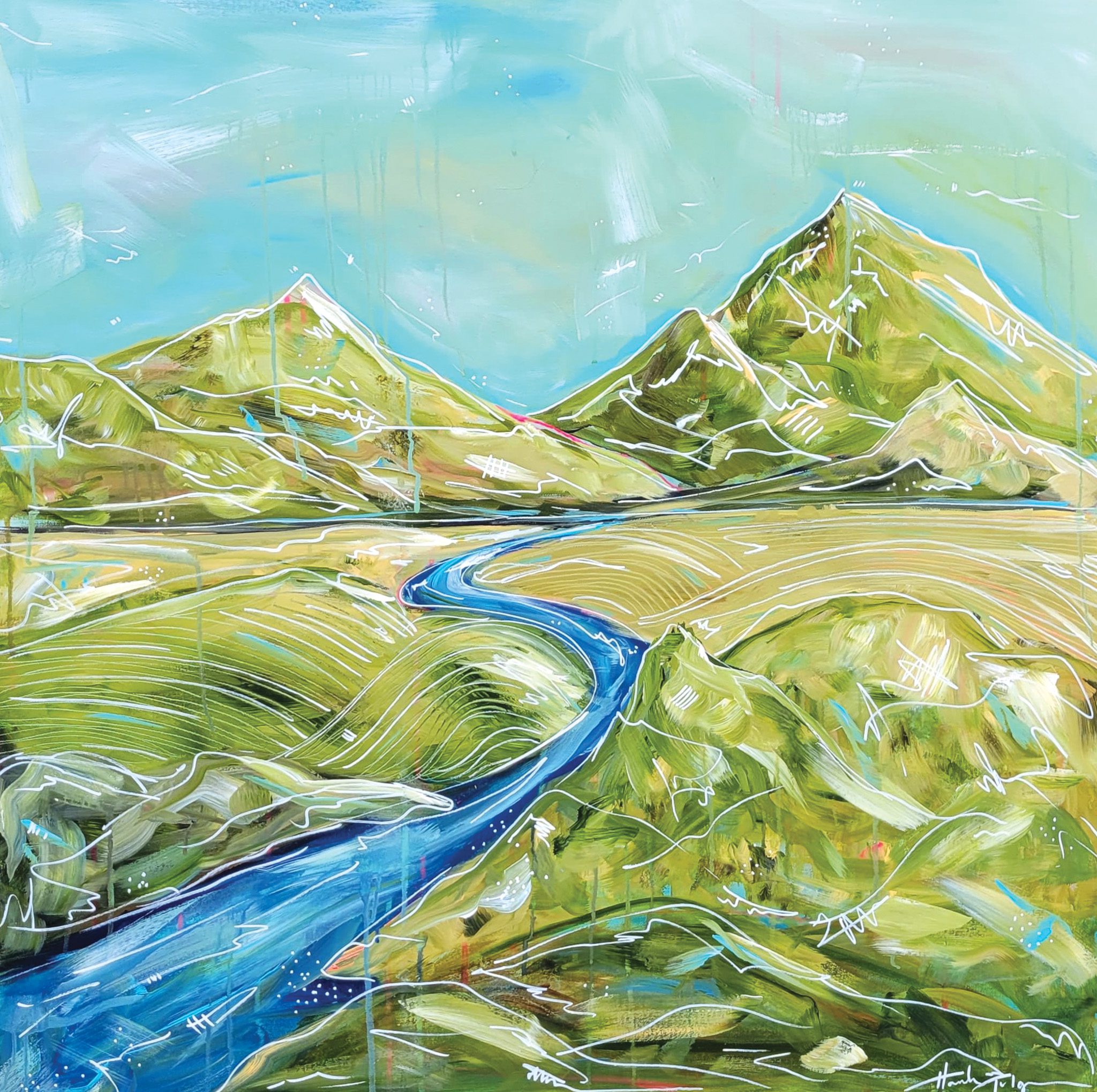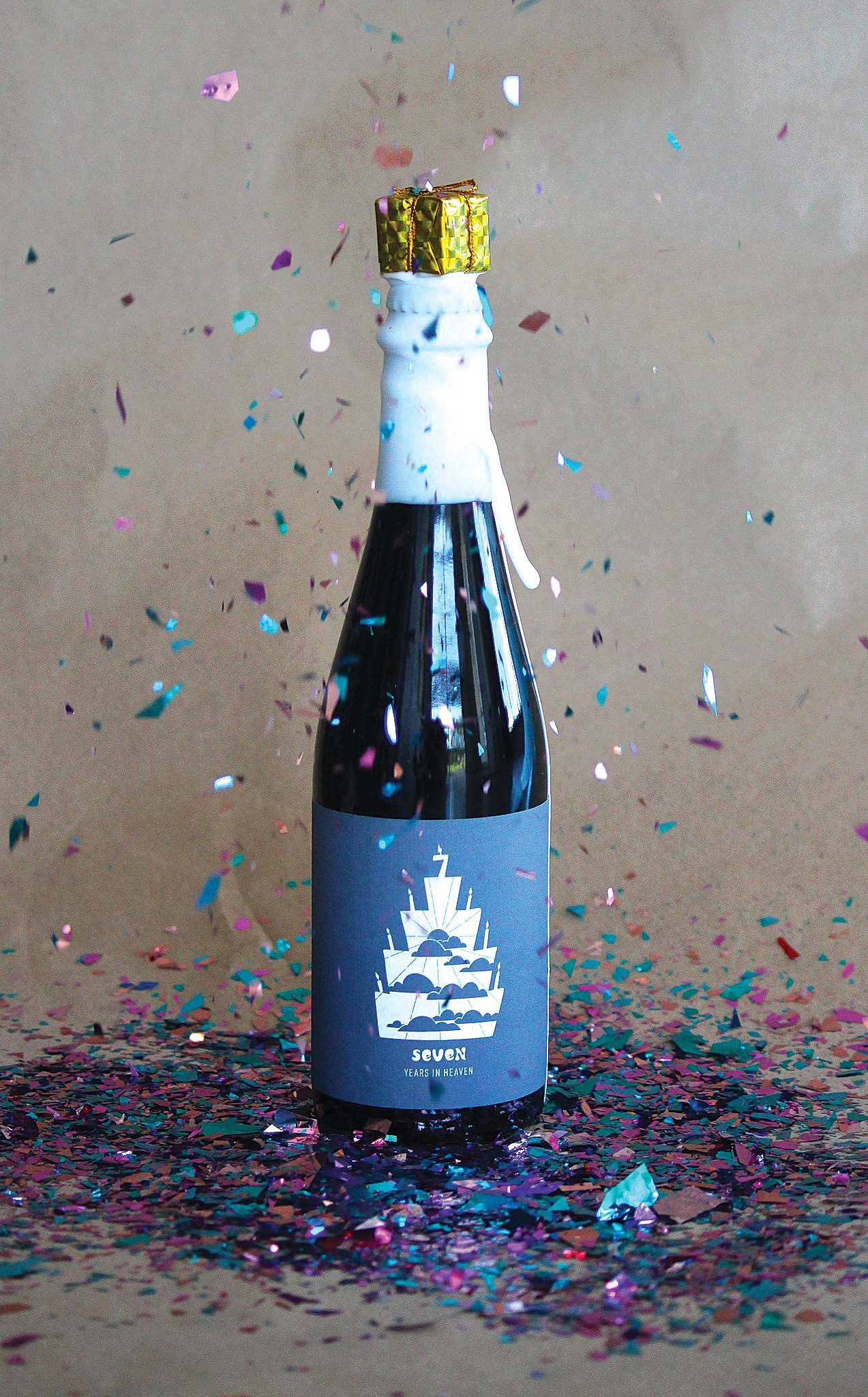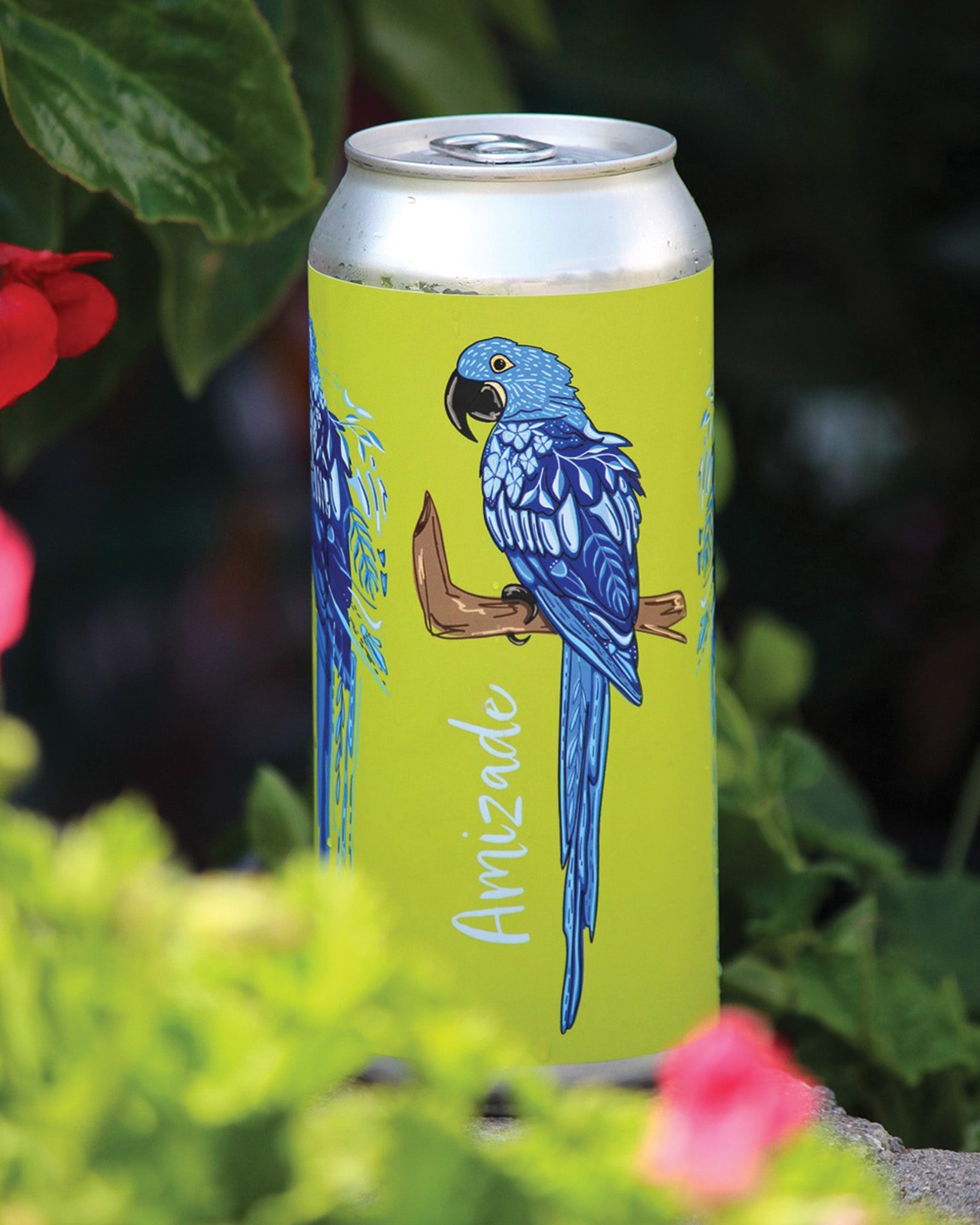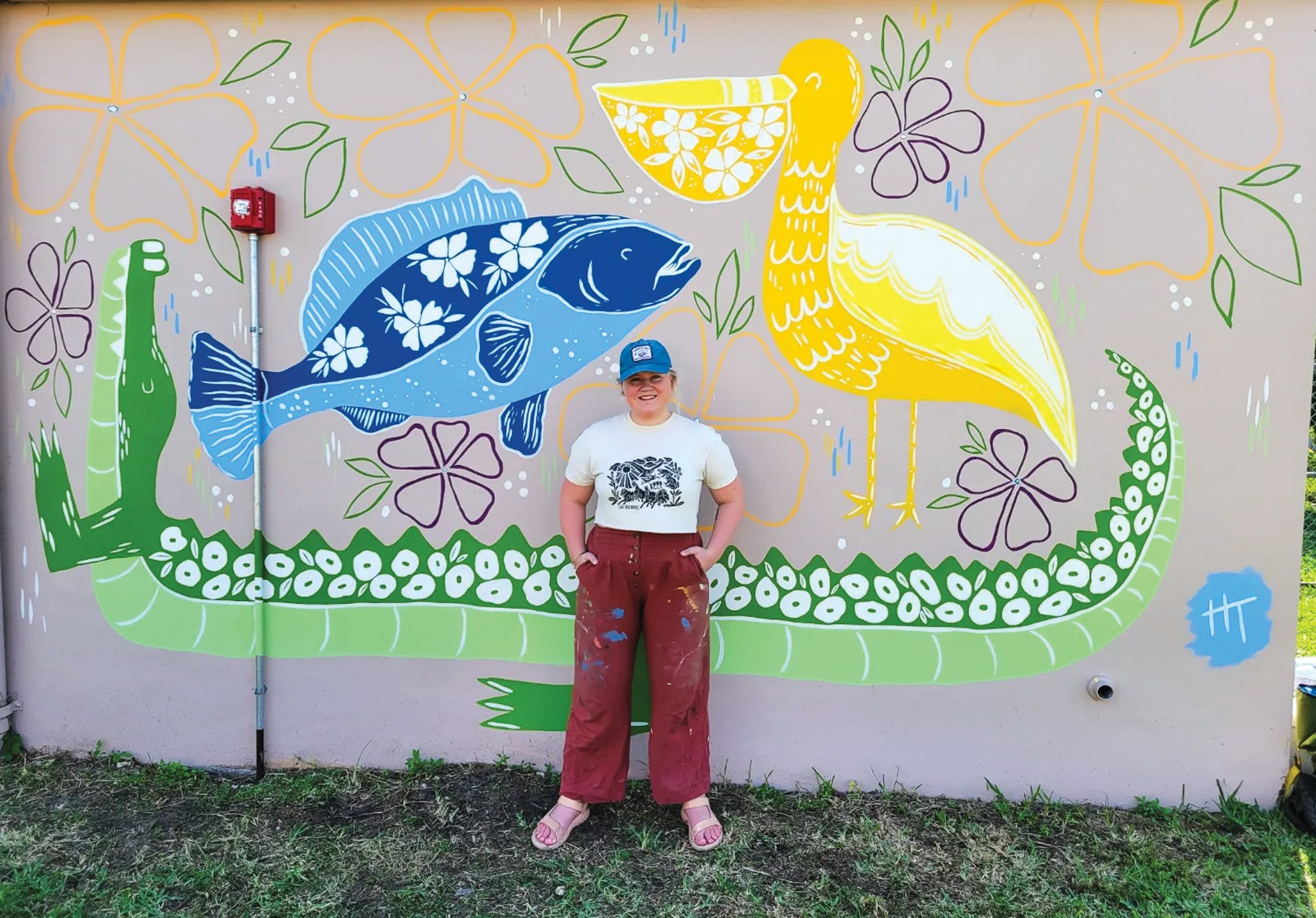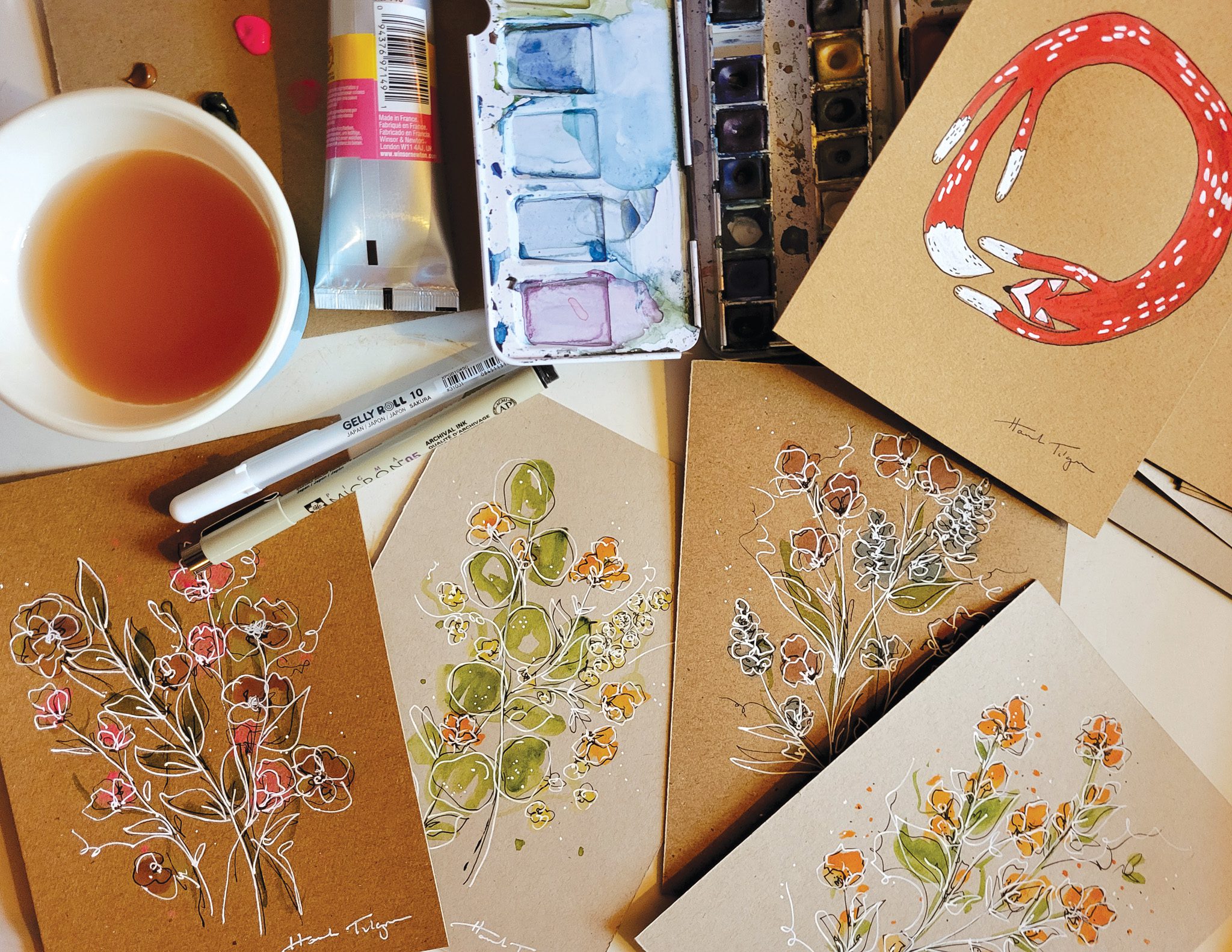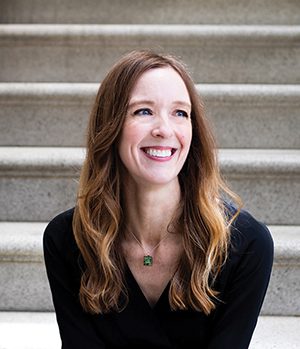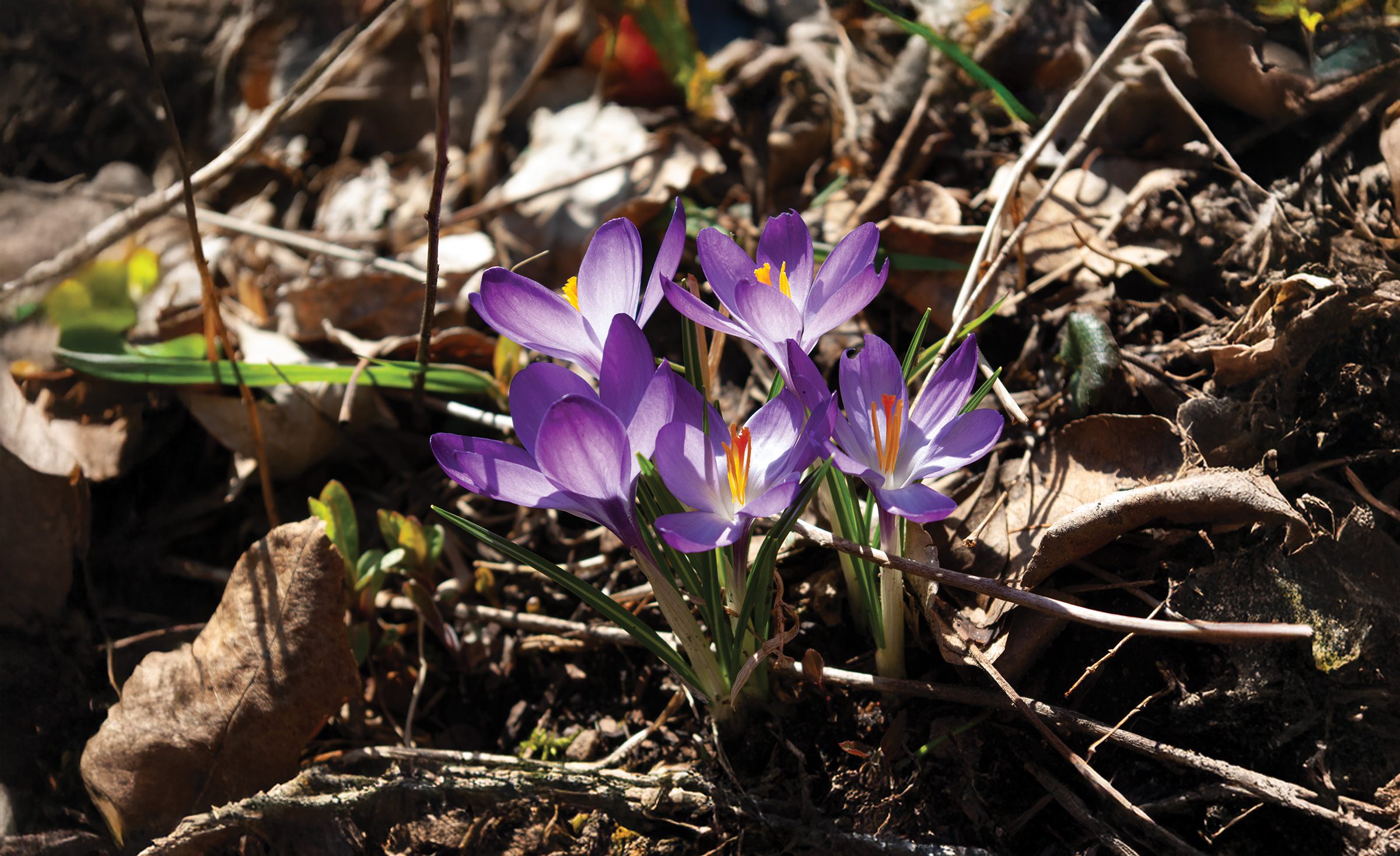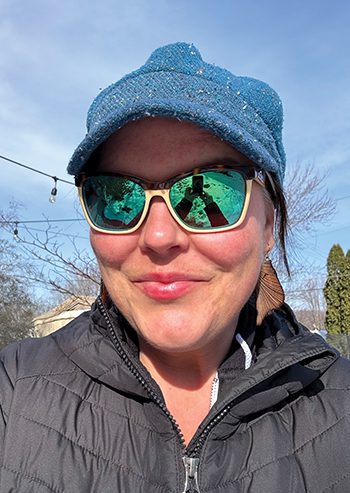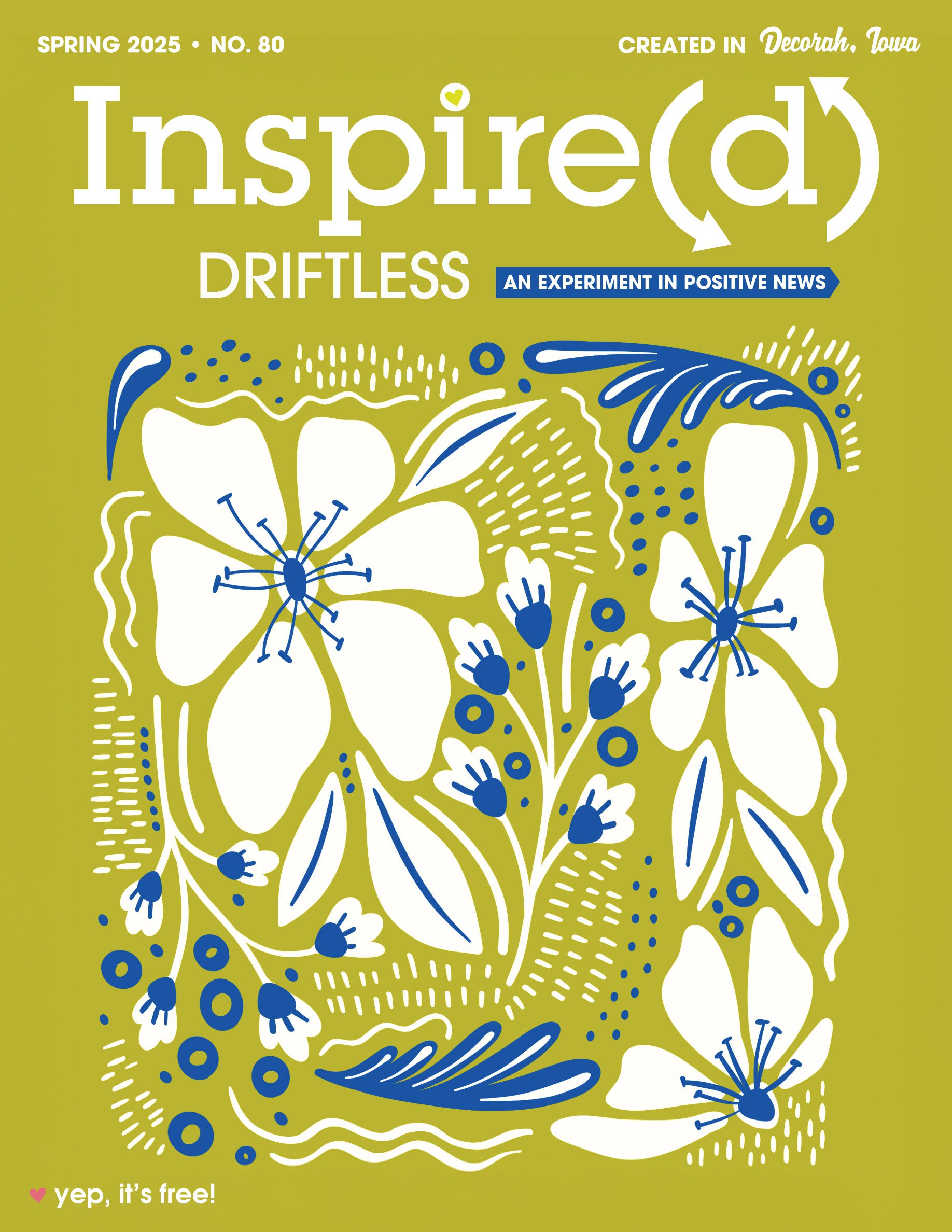
Ryan and Allie Palmer have been “building” things together for 30 years. They met as teenagers, helping to build an orphanage on a mission trip to Africa. Ryan, originally from Missouri, and Allie, who grew up in Maple Grove, Minnesota, got married in 1998 and started building their life together. They called Washington state home during Ryan’s service in the Navy as a nuclear electrician, then later returned to Allie’s home state of Minnesota to raise their two children – Elliot, now 21, and Nadia, now 18 – and build successful careers: Allie as a “Jill of many trades” with a background as an interior finisher and handy(wo)man; Ryan as a real estate agent and commercial appraiser.
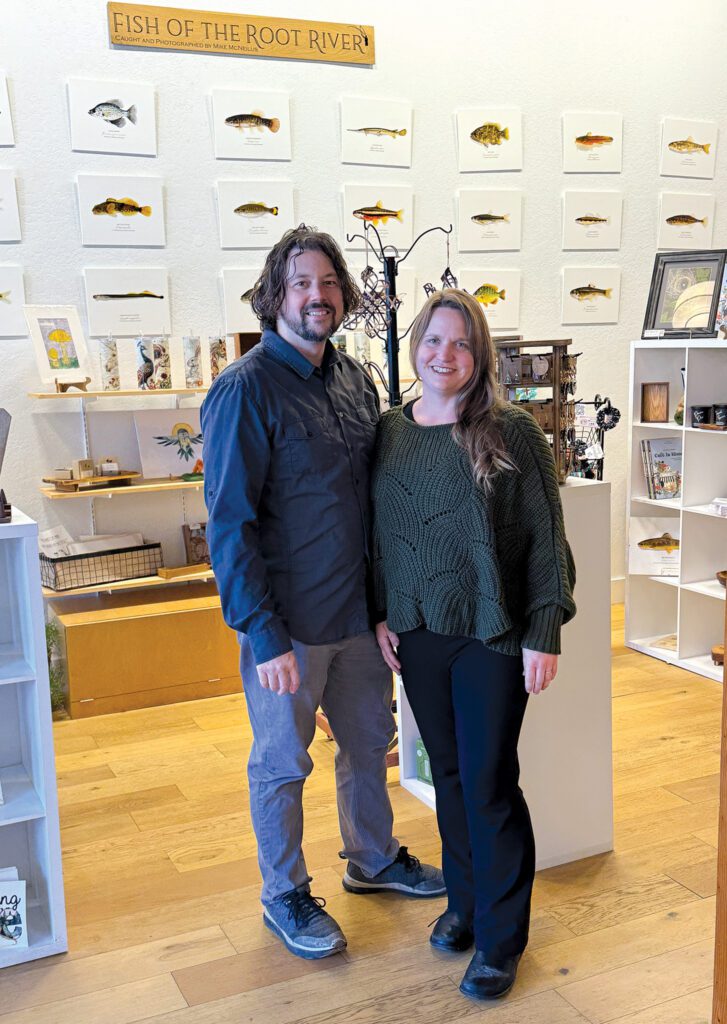
A decade ago, they discovered Minnesota’s bluff country as biking and kayaking tourists. “There’s so much to do and enjoy here beyond the trail and river,” says Allie. “Fun outdoor activities, the arts and theater, the restaurants. Ryan is a talented musician and stone sculptor, too, so the area’s art and music opportunities fit him like a glove. We decided to buy something where we wanted to be.”
After relocating to Lanesboro three years ago, they took community building to new heights.
“First we bought the former Red Hotel and renovated it into the Root River Inn & Suites,” says Ryan. “In 2023, we opened Paddle On Coffee & Maker Emporium, a combined coffee shop and handcrafted marketplace that gives local artists a platform to showcase and share their creativity.”
Spend some time in Paddle On and you quickly learn the Palmers care about much more than commerce – for them it’s all about community. On Sunday mornings, there’s a brunch and Bible Study. Mondays offer special discounts for medical and military personnel. Their website promotes a fun mix of monthly small-group gatherings like Fiber Fun, Puzzling Fridays, Crafters Workspace, Fillmore County Entrepreneurs Peer Group, Talking Philosophy, and more.
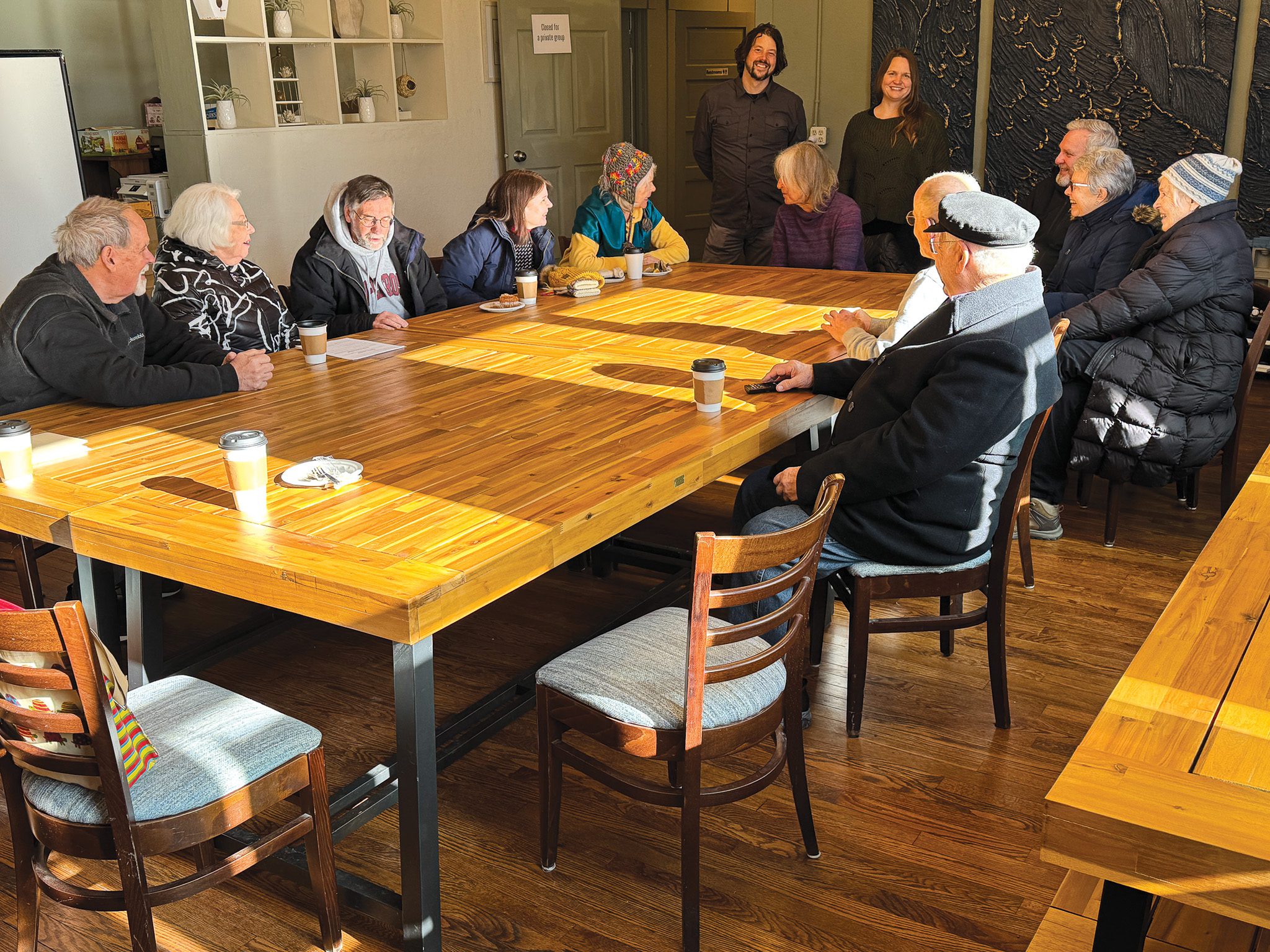
Group size doesn’t matter. Some may have as few as two or three attendees, others comfortably fill the big back room. “We’re willing to try things to see what sticks,” says Allie. “Not everything does, but we always welcome ideas for new groups.” Just as special are countless spontaneous connections that happen as people drop in for coffee and end up chatting with friends old and new.
Ryan and Allie aren’t eager to call themselves community builders, though. “We’re more like community ‘instigators,’” says Allie. “We see ourselves empowering others to build the communities they want in our space. Our role is to listen, ask questions, discover needs, and encourage ideas. The slogan for our coffeehouse is “at the confluence of conversation & connection.” That describes what we want to happen here – providing a place for deeper connections.”

They do this because they enjoy people, but also because they know what it’s like to sometimes struggle to find your place in a community. “We’ve traveled and moved a lot; we know what it feels like to be people ‘on the outside,’ to not fit in or have a ‘place,’” Allie says. “That can even happen for people in small towns who have lived there for years but still feel alone. We want to create places where people feel welcome and comfortable.”
A perfect example of these efforts was on display at Paddle On last New Year’s Eve. “We invited people to an ‘early’ celebration instead of ‘let’s make it to midnight,’” Allie says. “We called it ‘I Like My Sleep New Years Eve Party.’ We figured it would be easier for families and people of all ages to join in. But we weren’t sure if people would come.”
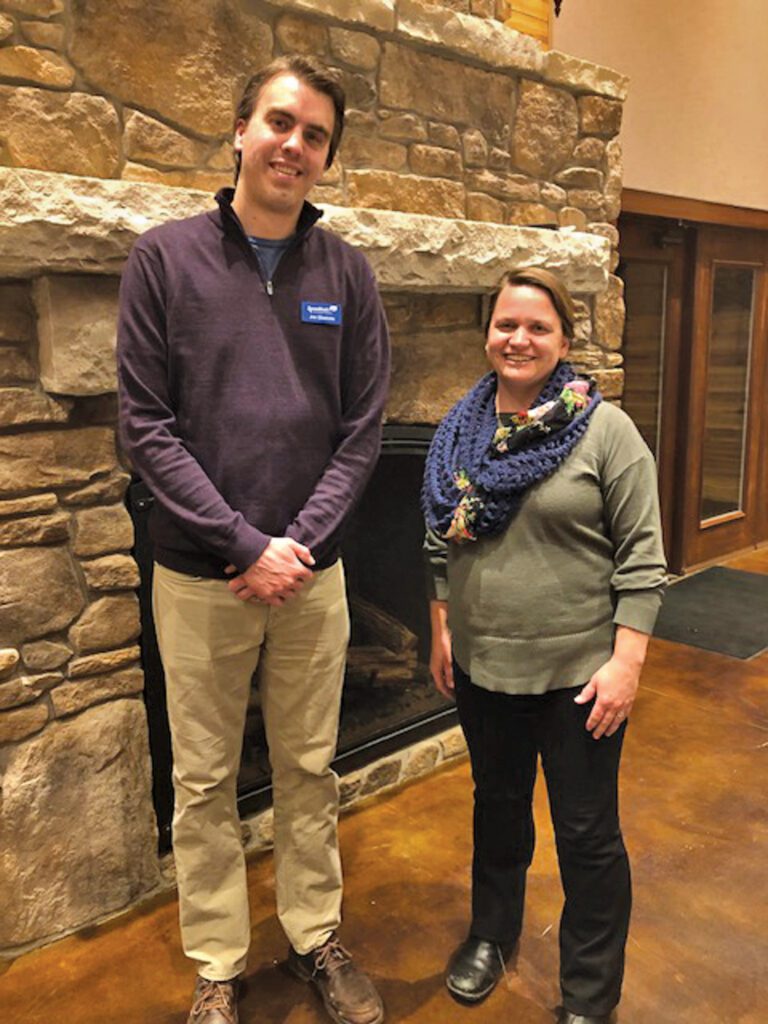
Show up they did. From late morning on, the coffee shop was filled with dozens of people playing Bingo, Scrabble, Pictionary, crafting, listening to music, hanging with old friends and making new ones. People just being together. A disco ball fell at noon, with help from a fishing pole and celebratory countdown. “It was a fun mix of people,” said Allie, “all connecting, laughing and playing together, a nice way to start the new year.”
Instigating new projects takes commitment and creativity. Hard work, too. Running multiple hospitality businesses – the Palmers recently assumed management and did a design refresh of the rooms at the former Iron Horse Inn – can be a lot of pressure. Allie and Ryan have implemented some personal strategies to handle it all.
“We’re intentional about taking one day off every week,” says Ryan. “We schedule longer times away when possible but also find that taking a break for a few hours for a walk or bike ride can be just as refreshing.”
Allie agrees. “We’ve learned what recharges us. For me it’s putting my feet up to watch a sunset. When we get tired, we also do the parts of our jobs we really enjoy, like spending extra time visiting with guests or working the Paddle On counter.” Ryan, still a realtor, gets jazzed working with clients. “I love talking with people contemplating a move to Lanesboro or starting a new business here. That’s fun for me.”
“We don’t look at what we do as ‘jobs,’” Allie continues. “It’s all about relationships; that’s where we find our energy.”

Steve Harris
Steve Harris (www.steveharrisauthor.com), a freelance writer and author of two books (“Lanesboro, Minnesota” and “Dads Like Us”), thinks few places in Lanesboro (on earth?) are more comfortable than sitting in front of Paddle On’s fireplace with a cup of hot chocolate.
For information about the Root River Inn & Suites, visit RootRiverInn.com.
Check PaddleOnCoffee.com or Google maps for current hours and small-group gatherings.




